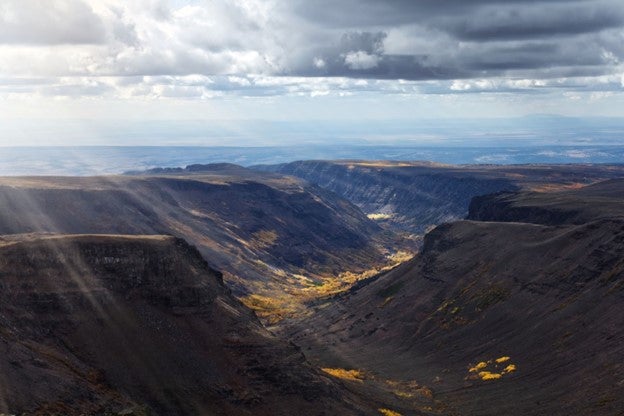Most of California’s Central Valley is dedicated to productive and diverse farmland, helping make California the country’s fruit, nut, and vegetable basket. However, due in part to increasingly intense and variable climate conditions, we must manage agricultural landscapes to ensure productivity and reliance for future generations. The 2,100-acre Dos Rios Ranch Preserve near Modesto is an inspiring example of how marginal farmland can be reimagined to support sustainable agriculture. It also serves as a model to create an abundance of new community and environmental benefits, similar to the types of projects that will be funded by California’s new Multibenefit Land Repurposing Program, a program that incentivizes landowners to voluntarily repurpose land to support long-term water sustainability in the Central Valley. Furthermore, the organization has planted over 350,000 native trees and vegetation, restored 8 miles of riverfront land, and created nearly 250 jobs — an overall success for the area’s ecosystems and economy. The Ranch provides a multitude of new uses, building biodiversity, recreational, climate resilience, cultural, and flood control benefits while improving the health and stability of our water systems which are the backbone of our economy.

Photo Credit: River Partners
We asked Julie Rentner, President of River Partners, to sit down with EDF to discuss the Preserve’s beginnings and journey from irrigated cropland to one of the state’s most significant and largest private-public floodplain restoration projects.

